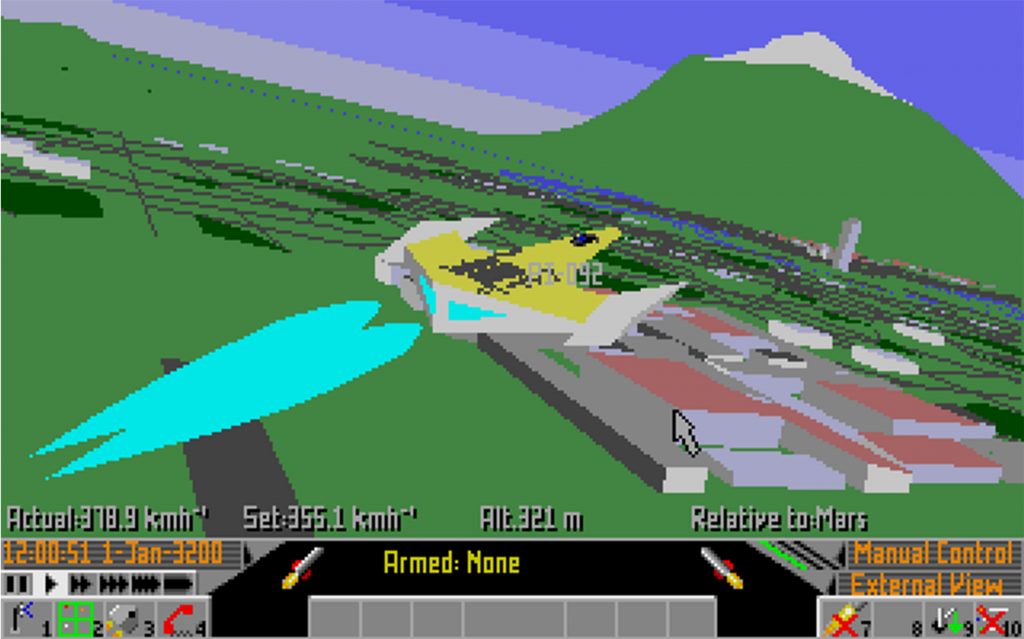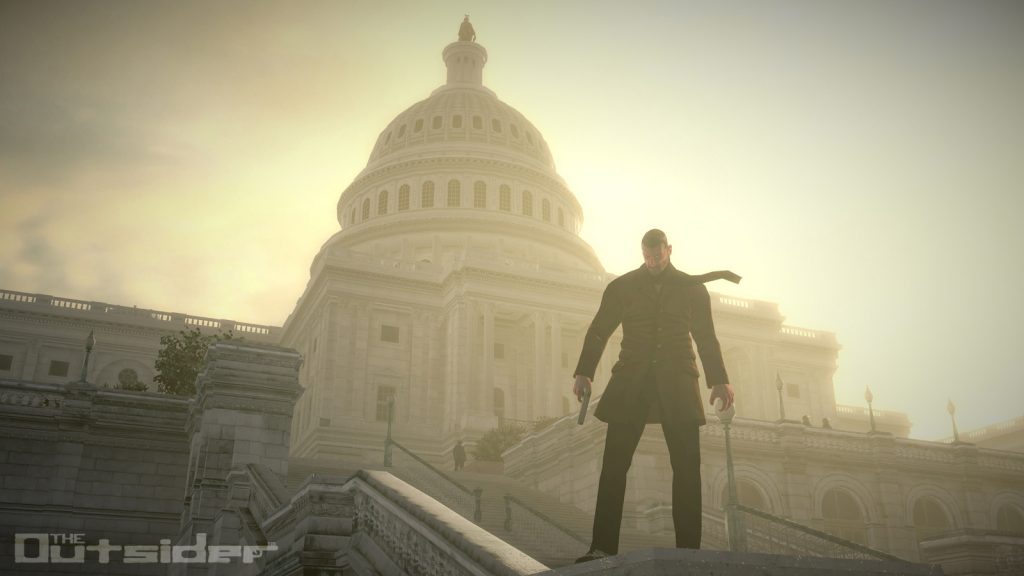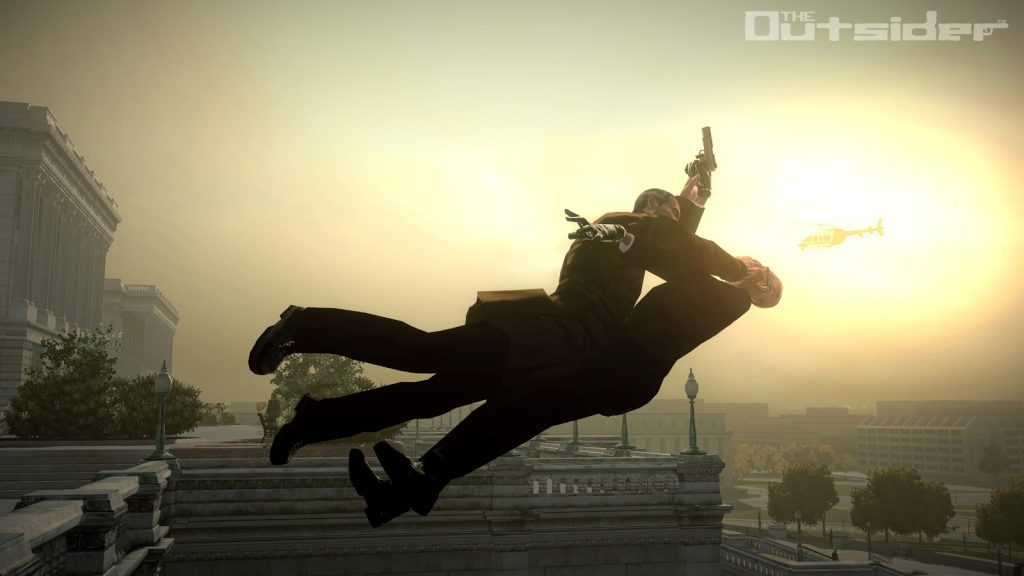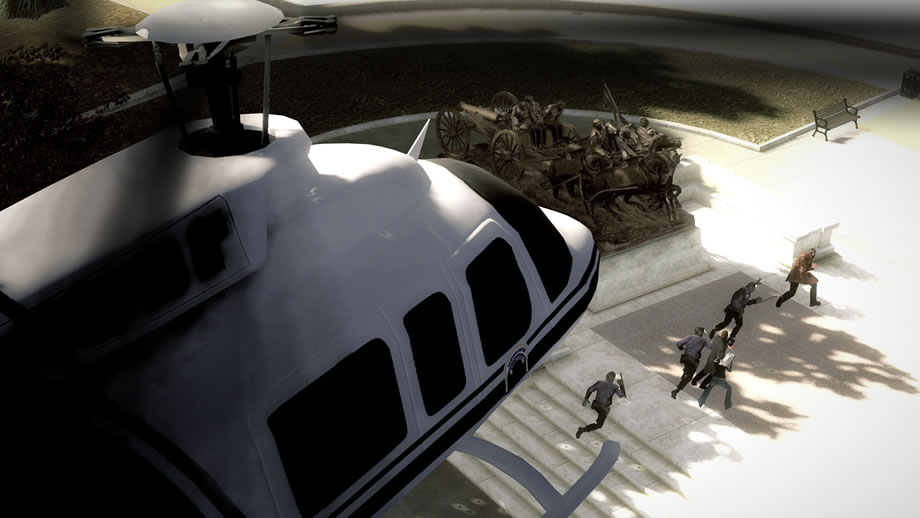Death to Spies 3: Ghost of Moscow is the cancelled third game in the Death to Spies franchise, in developed in 2010 by Haggard Games and to be published by 1C Company on PS3, Xbox 360 and PC. While the original project was never released on the 7th generation of consoles, the game was later reworked and rebranded as Alekhine’s Gun and published by Maximum Games for PC, Xbox One, and PS4 on March 2016.
Previous Death to Spies chapters (Death to Spies and Death to Spies: Moment of Truth) were set during World War II and the protagonist is a member of the Soviet counterintelligence agency SMERSH called Semyon Strogov. In Ghost of Moscow players had to use stealth to resolve different missions and kill enemies without being detected, exploring non-linear levels with multiple ways of completing objectives, somehow similar to the Hitman series.
As one member of Haggard Games explains, Death to Spies 3: Ghost of Moscow was originally canned because of internal changes at 1C Company:
“Not related to the game. It’s more of their change in business strategy. They closed almost all projects in development and all their internal studios after financial problems and focused only on distribution/publishing already finished products.”
To continue development of the title, Haggard Games ran two crowdfunding campaigns: one on Indiegogo in 2013 and another on Kickstarter in 2014. Unfortunately both campaigns failed to reach the funding goal but they were later able to collaborate with Maximum Games to continue the development of the game as Alekhine’s Gun. This new version follows the same SMERSH (now KGB) agent, Semyon Strogov, who was recruited in the CIA during the 1960’s to untangle a plot inside the United States that could spark nuclear war between the Soviet Union and the United States.
The original beta version of Death to Spies 3 had two other playable characters: Olga Godunova-Lopes and Victor Kovalev. Players could switch between each character at any time during a mission. Alexegy Agamalov, lead developer of Haggard Games was able to provide more details about some the cuts and changes made on the game:
Matt Redmond: I’ve noticed from media, such as screen shots that Victor Kovalev and Olga Godunova-Lopes were to be playable. Was that removed for gameplay balance or to focus the narrative on Semyon Strogov?
Alexegy Agamalov: They were removed because of complexity. It was too much work to design/balance/playtest/focus test/etc.. And we had to cut some features to release the game in time. (After we signed with Maximum Games additional work related to consoles were added). Story also did change, some levels were redesigned to be played by Semyon only.
MR: What kind of abilities were planned for Victor and Olga?
AA: Olga was able to attract guards and other NPC’s, also climbing into some special places (such as small passages not wide enough for the men). Victor was a sniper and knife master, able to hide in shadows or grass. Semyon was able to use disguises.
MR: How was the story modified as the characters were reduced to only Semyon?
AA: Story was completely changed. First story was based mostly on Bay of Pigs invasion. We also had to change the story because rights on it belonged to our previous publisher.. Well, mostly there was gameplay feature cuts (like removing multi-characters), levels were redesigned. Two of the levels were changed from Cold War era to WW2 era (Dts1 levels remakes).
MR: Did Maximum Games decide to pick up the title as they announced plans that the company wanted to expand their publishing portfolio to more mature/adult games? Or was because of the original gameplay demo? (And how much of the game was completed before Maximum Games picked up the project?)
AA: I can’t speak for Maximum Games, but I guess it was a way for them to expand their portfolio. As for how much it was completed, on the moment of signing with MG, Death to Spies 3 was about half-way completed for features/gameplay and 70% on content (graphics/animations/sounds/etc..)
Death to Spies, Death to Spies: Moment of Truth and Alekhine’s Gun are all available on Steam.
Article by Matt Redmond




